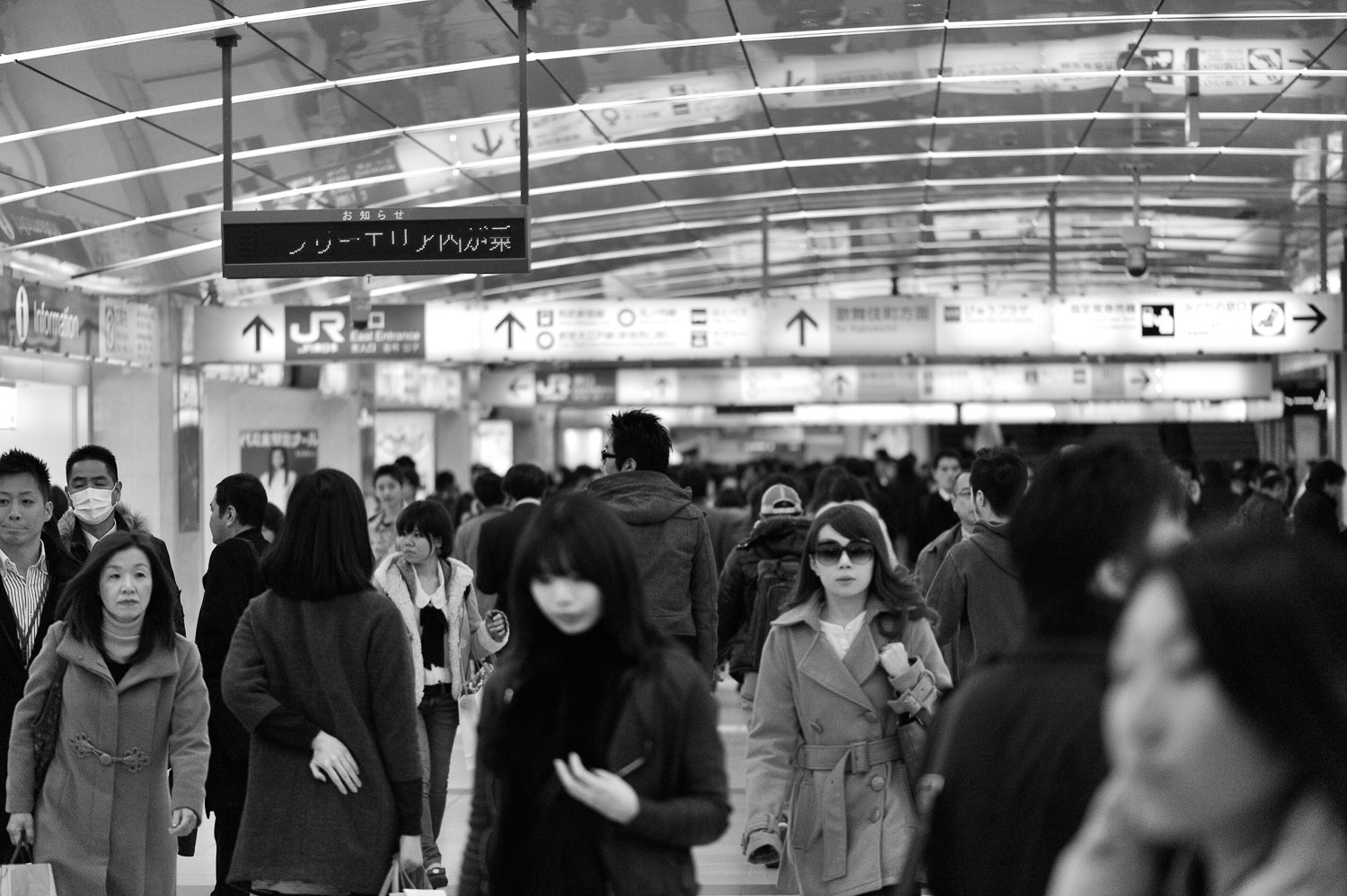
The Tokyo Forgeries Blog
Scroll Search or Click
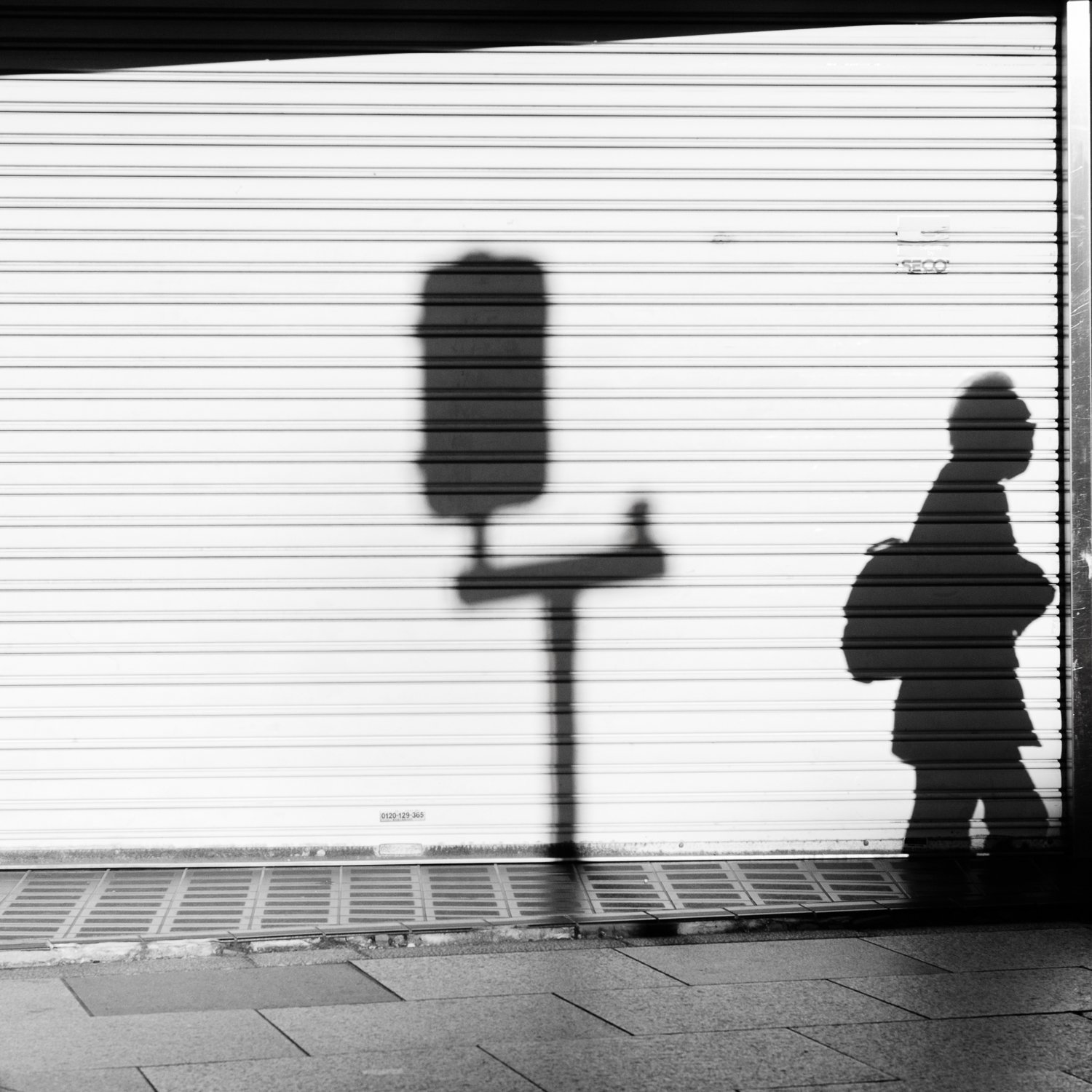
Top Reasons to Prioritize Akabane for Street Photography in Tokyo
Akabane serves as the northernmost transportation hub of Tokyo and has remained relatively unaffected by the tourism boom that has transformed other parts of Japan over the past decade. Like many urban locales, taller, more modern buildings are gradually replacing older structures; however, this transformation occurs at a slower pace in Akabane compared to the rest of Tokyo, imparting a sense of timeless preservation to the local atmosphere.

Kanda: A Love Affair
In a large city like Tokyo, street photographers often find special places to return to, and for many, that place is Kanda. Though it has few restaurants and is largely unremarkable for tourists, this very quality makes it ideal for street photography. The alleys are filled with salarymen navigating a labyrinthine area that feels forgotten by time.
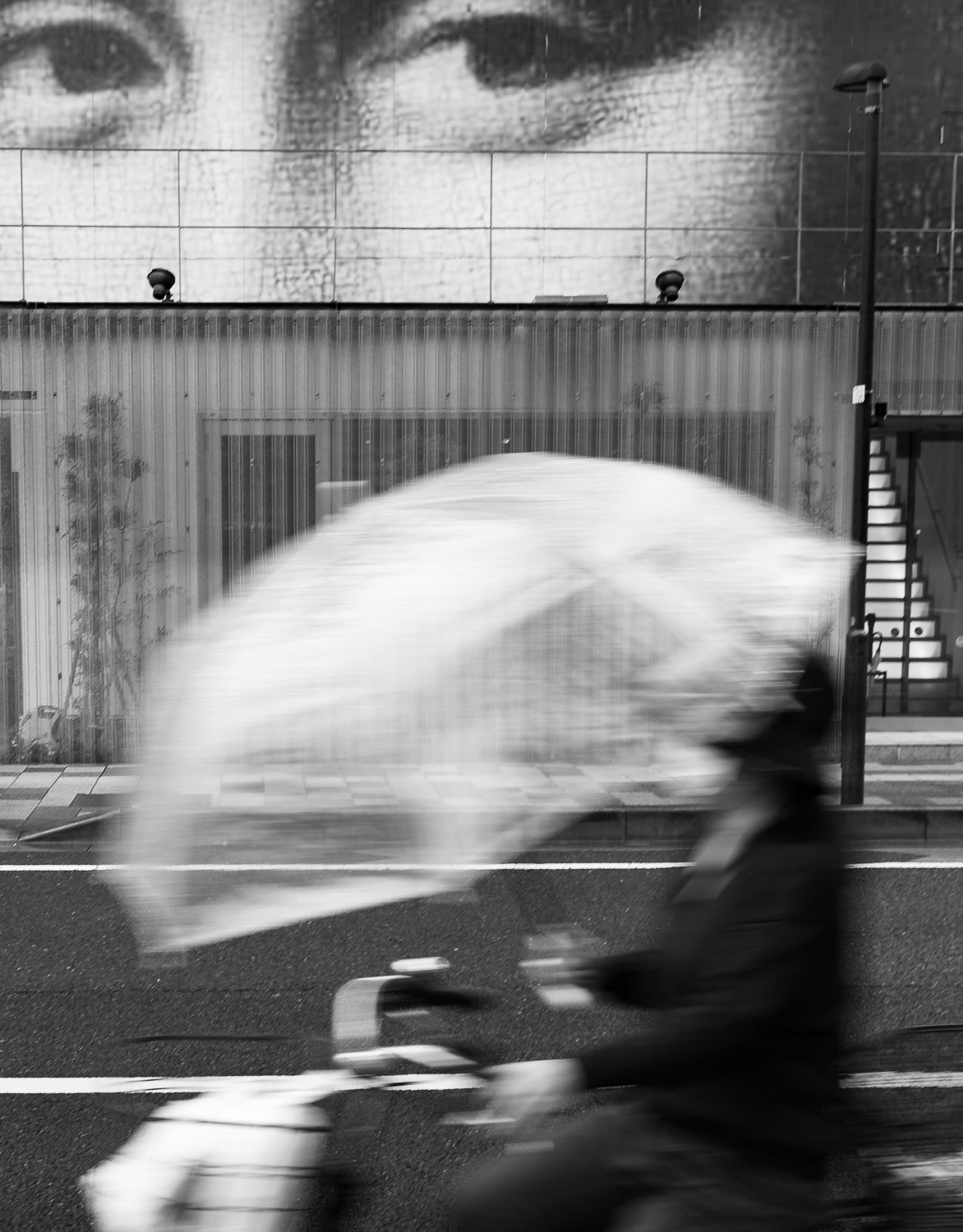
The Definitive Guide: Motion in Your Street Photography
Incorporating motion into any genre of photography adds dynamic layers to the composition. A visual layer encourages viewers to engage more deeply with the image, while a psychological layer prompts them to reflect on its meaning. This is particularly relevant in street photography, which encompasses a wide range of visual styles, techniques, and subject matter.
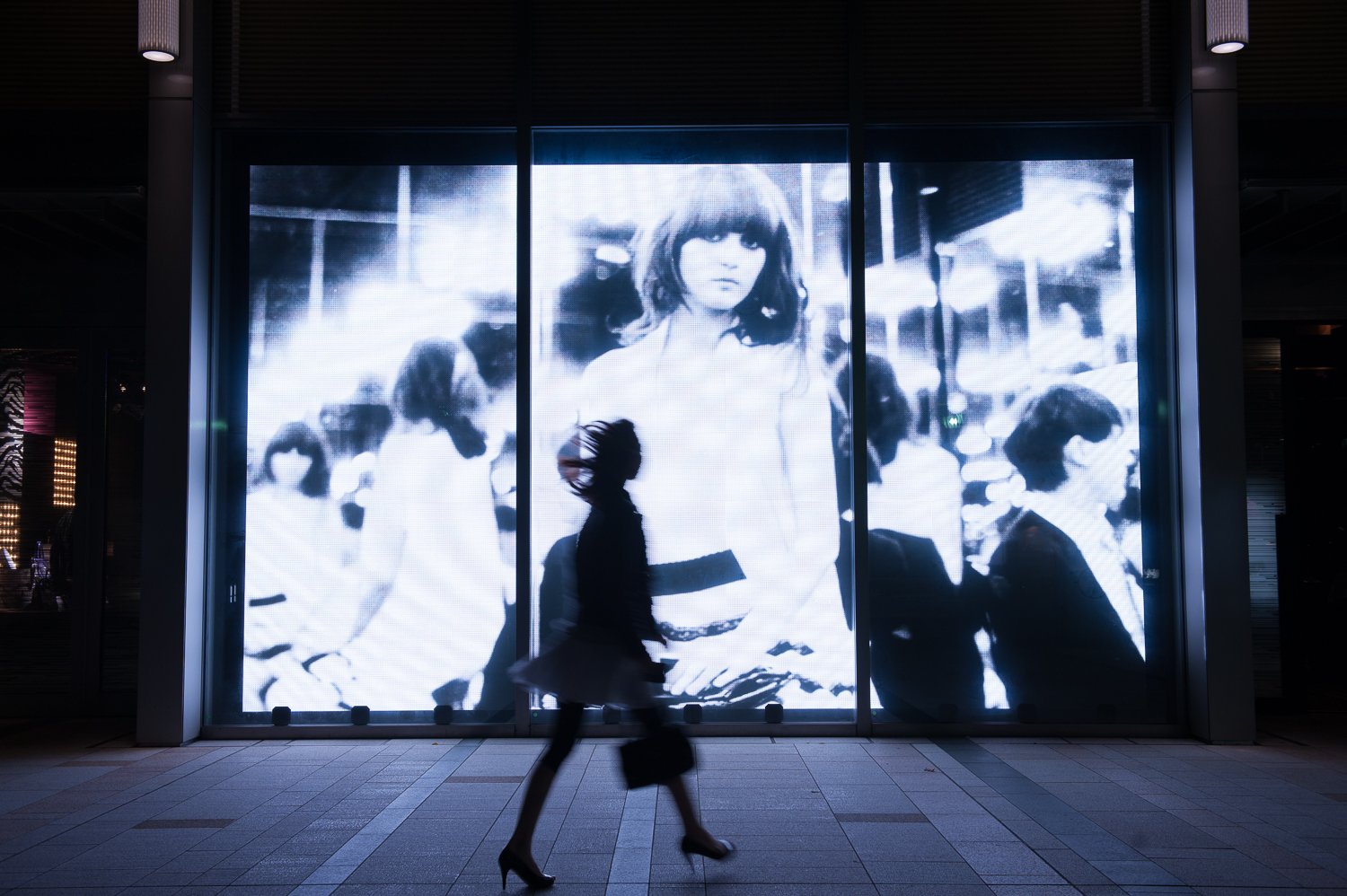
Returning to the Scene: Roppongi MidTown
Revisiting a location can yield impressive outcomes, exemplified by this image of a woman hurrying past an LED billboard in Tokyo Midtown.
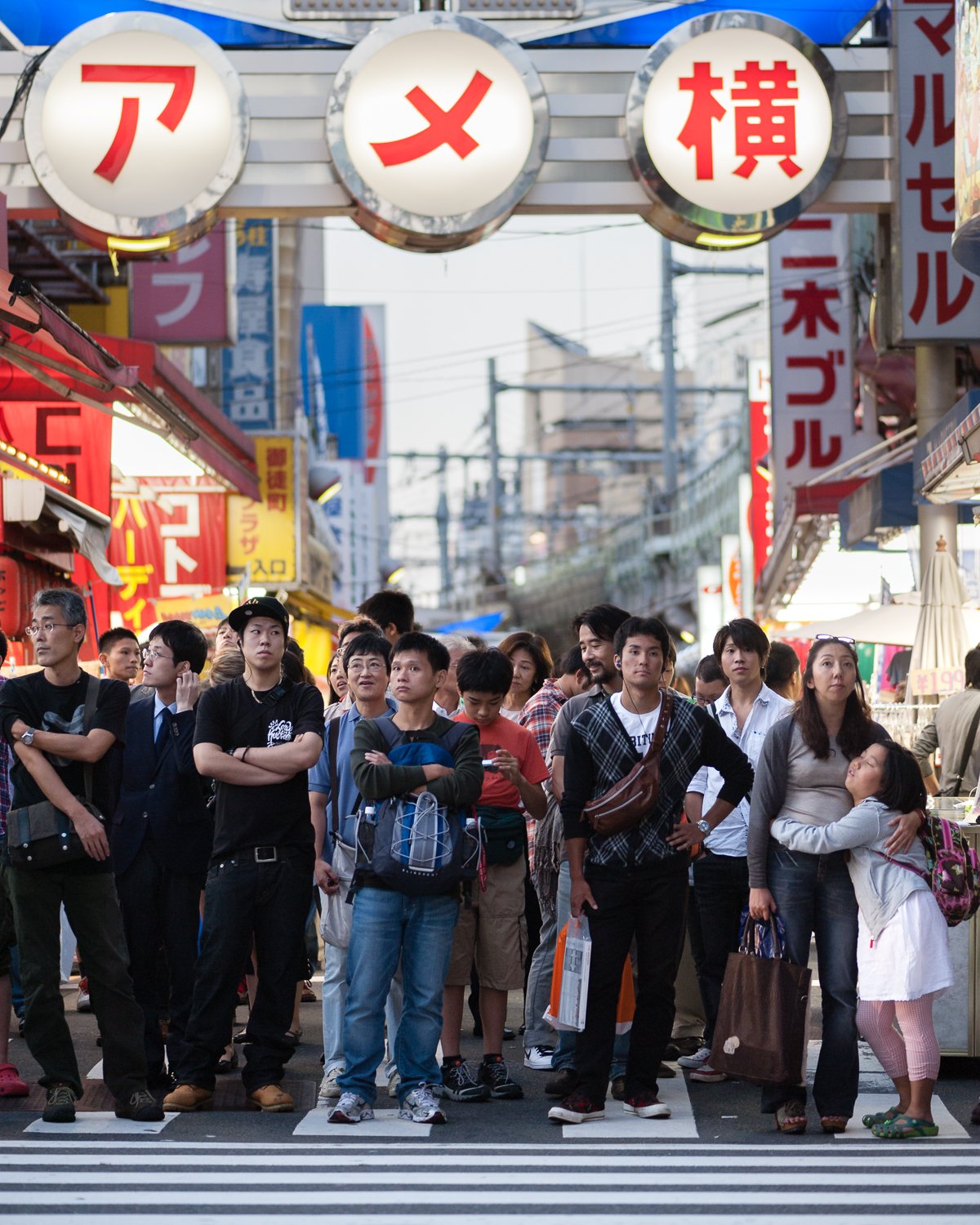
Eye Contact
Eye contact makes an image stand out. Some of the most outstanding shots in fashion, sports, portrait, and journalism are centred on eye contact, and street photography is no different. Whose eyes connect with who is often overlooked.
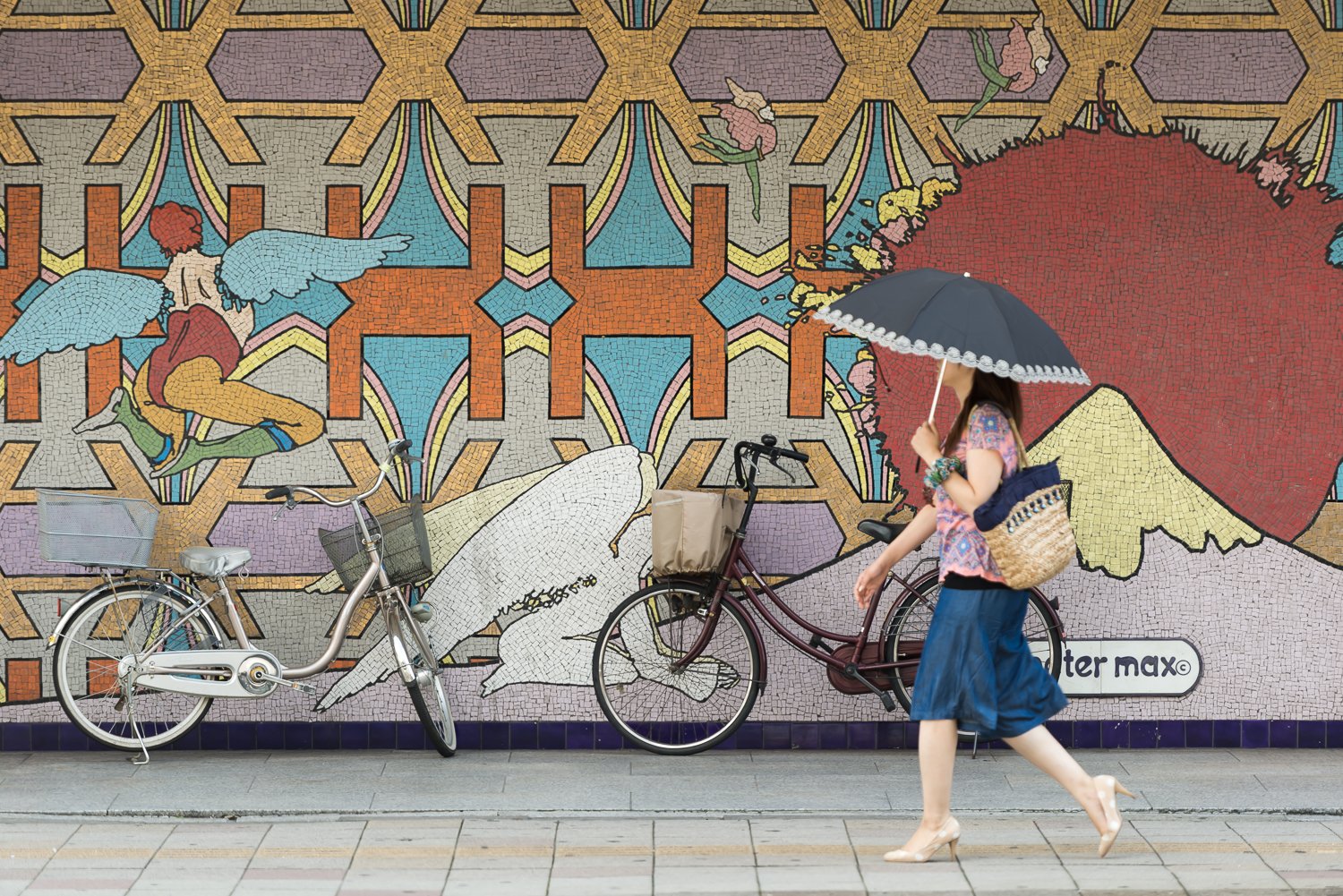
Collections: Texture
One way to sharpen skills is to create image collections, such as texture. Any city is full of texture, and Tokyo is no different. Texture can be literal, like grime on a brick wall or an abandoned bicycle leaning against an old building. I see the texture in a city as history—a layer behind all the beautiful things that make a great neighbourhood.
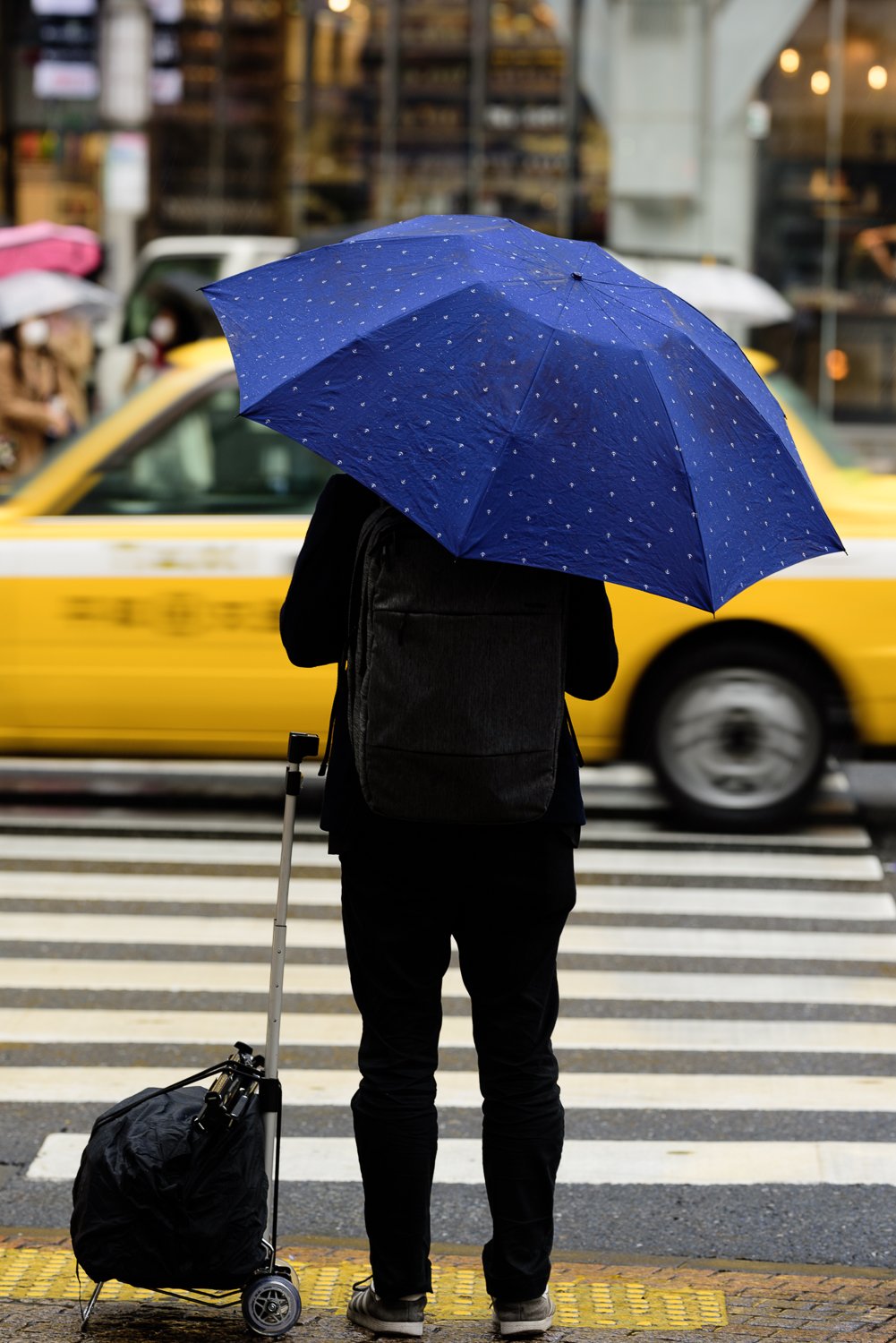
Tokyo Contrast
Scene contrast is all the contrast within a given frame. Some of it obvious, highlight vs shadow or complimentary color for example. While other contrast is well, more complicated. Ideas of contrasting elements such as stationary vs an in-motion subject, or the weight of each image element. The goal here is not preach a particular style over another but to be aware of multiple concepts in order to create the contrast each image demands.
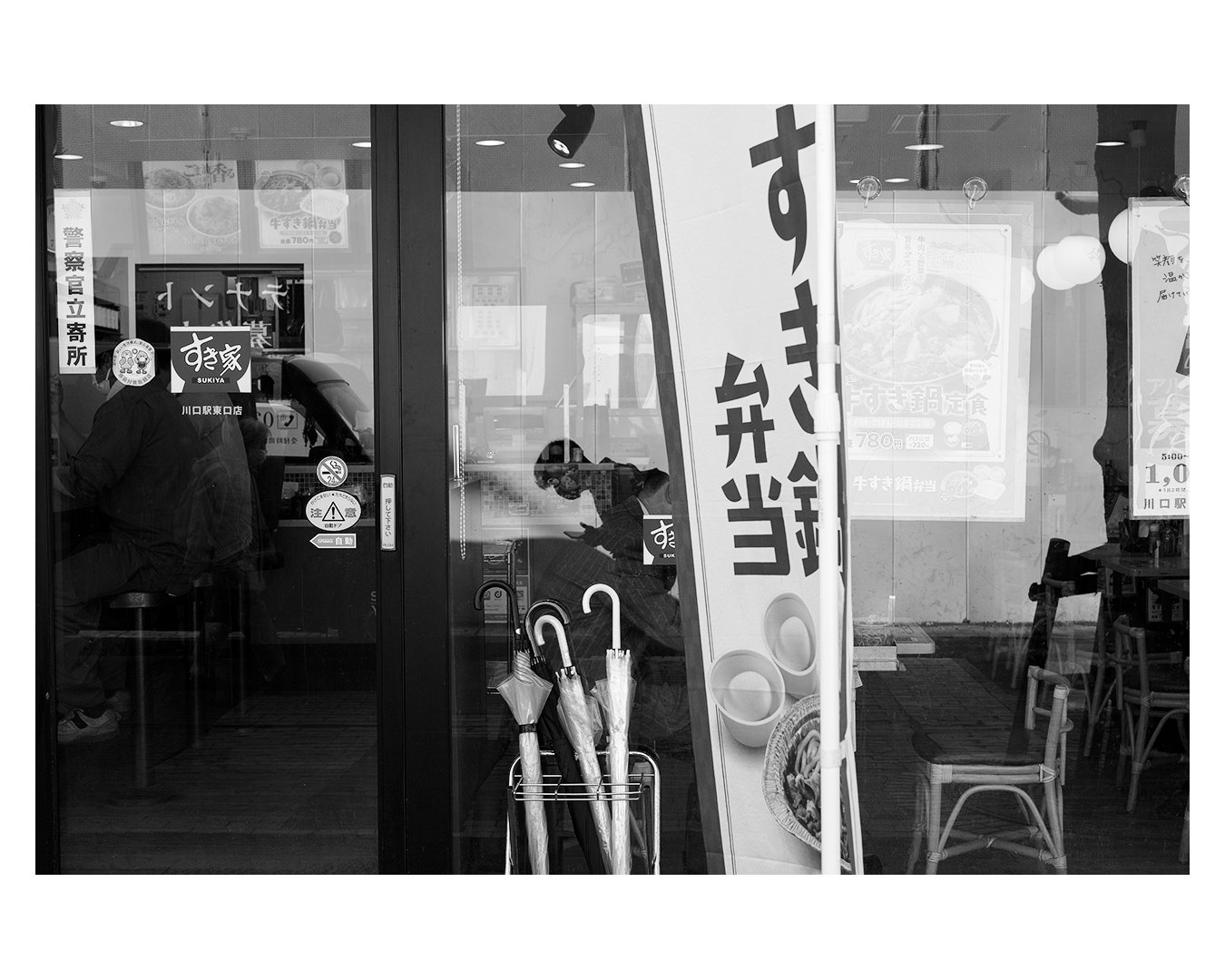
One Month Off, Any Keepers?
I went into the day with low expectations and a plan. It was sunny and I planned to photograph commuters shadows near Kawaguchi station. The large pedestrian causeway and high foot traffic in the area provided ample opportunities for success.
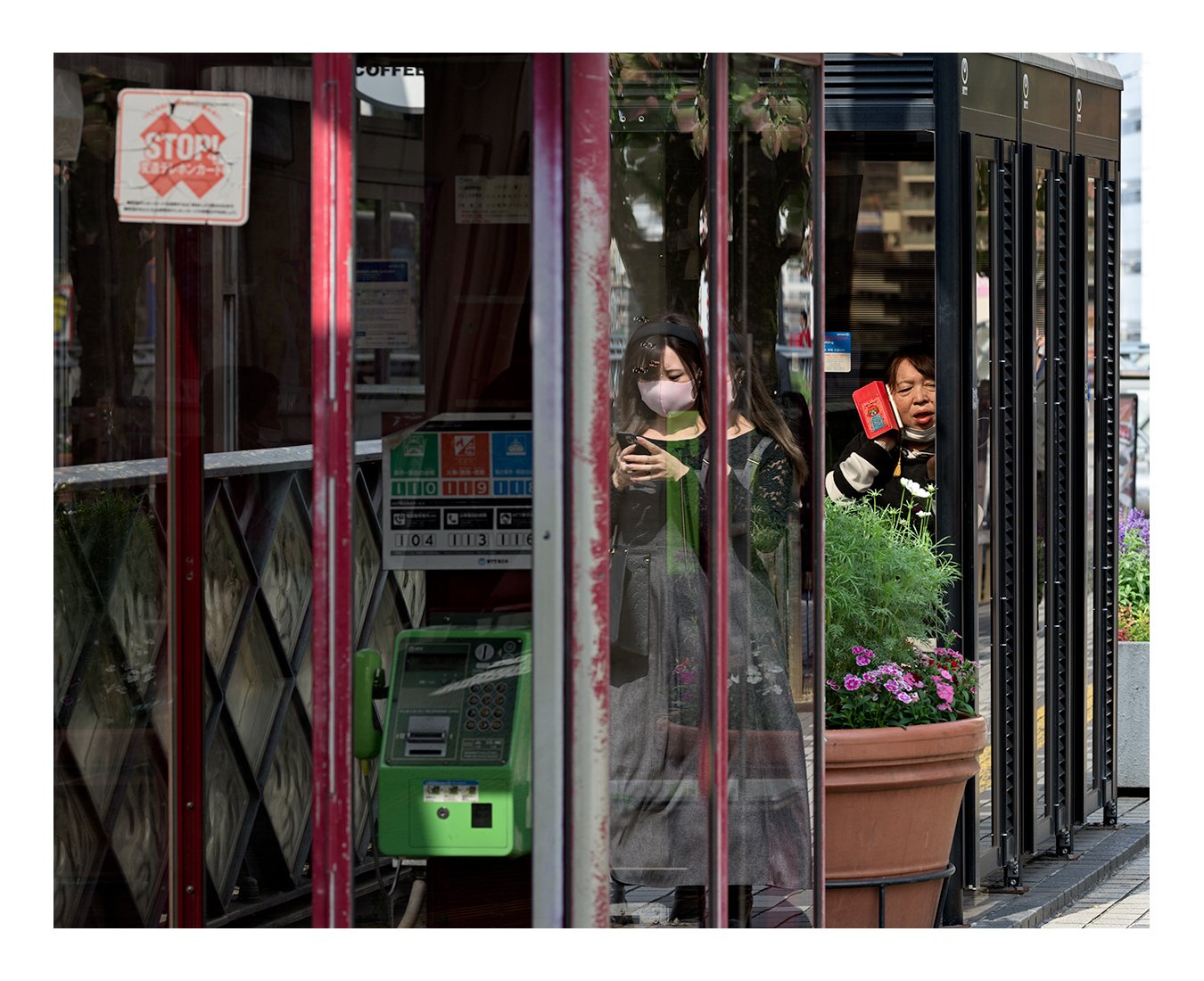
Color Reflections 2
Kawaguchi city has a number of working phone booths. Their large glass exterior makes for a perfect canvas. A reflection of both the character and characters of the city. This was the main goal of the day, aside from a couple of spots I check on each visit. The plan was to shoot primarily in color, though some black and white does make an appearance.
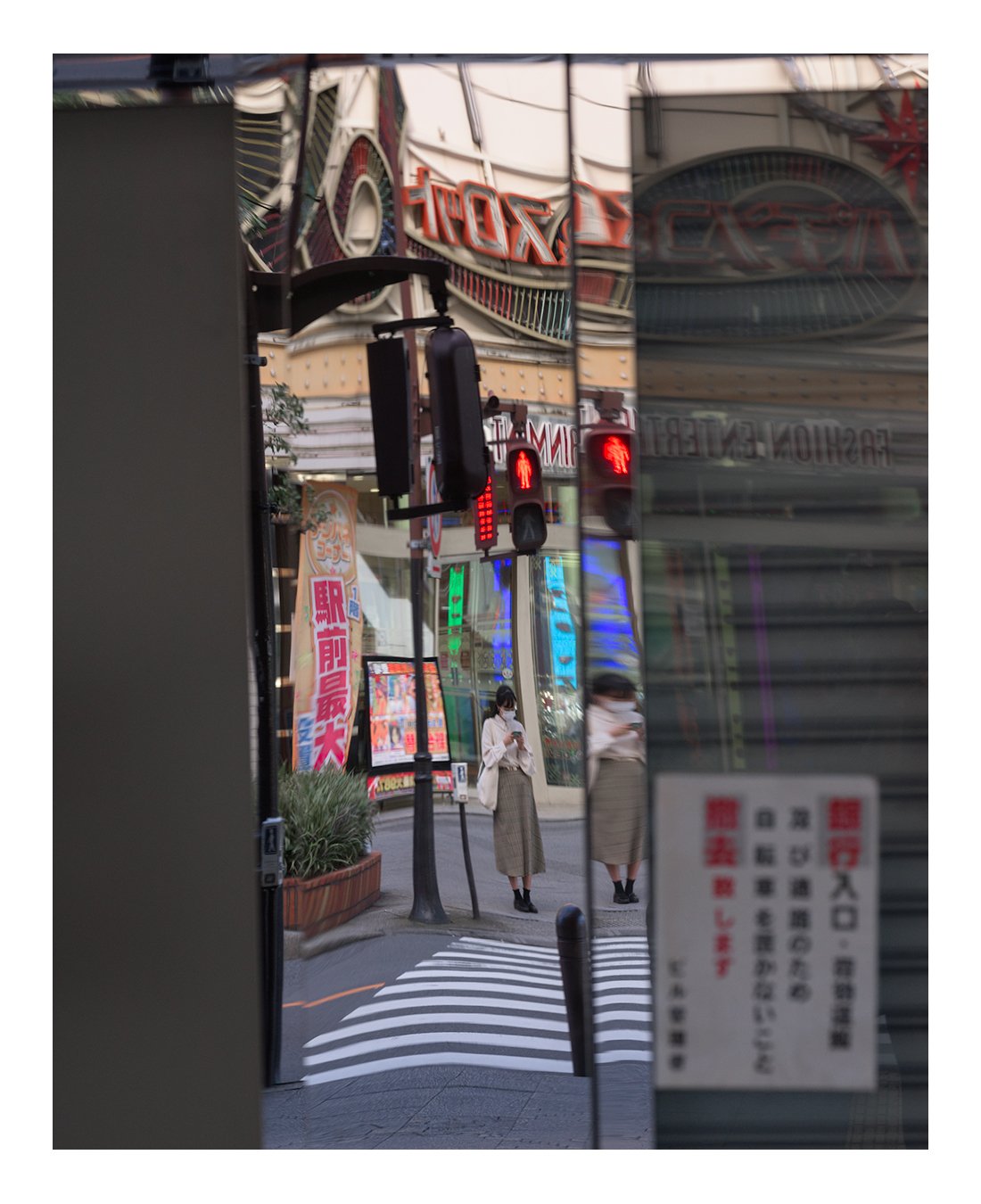
Reflections in Color
Kawaguchi city has a number of large nostalgic-looking phone booths. The glass booths allow me to shoot through as well as what’s reflected in it. Combing the two realities in one image can be difficult. A great deal of patience is required.
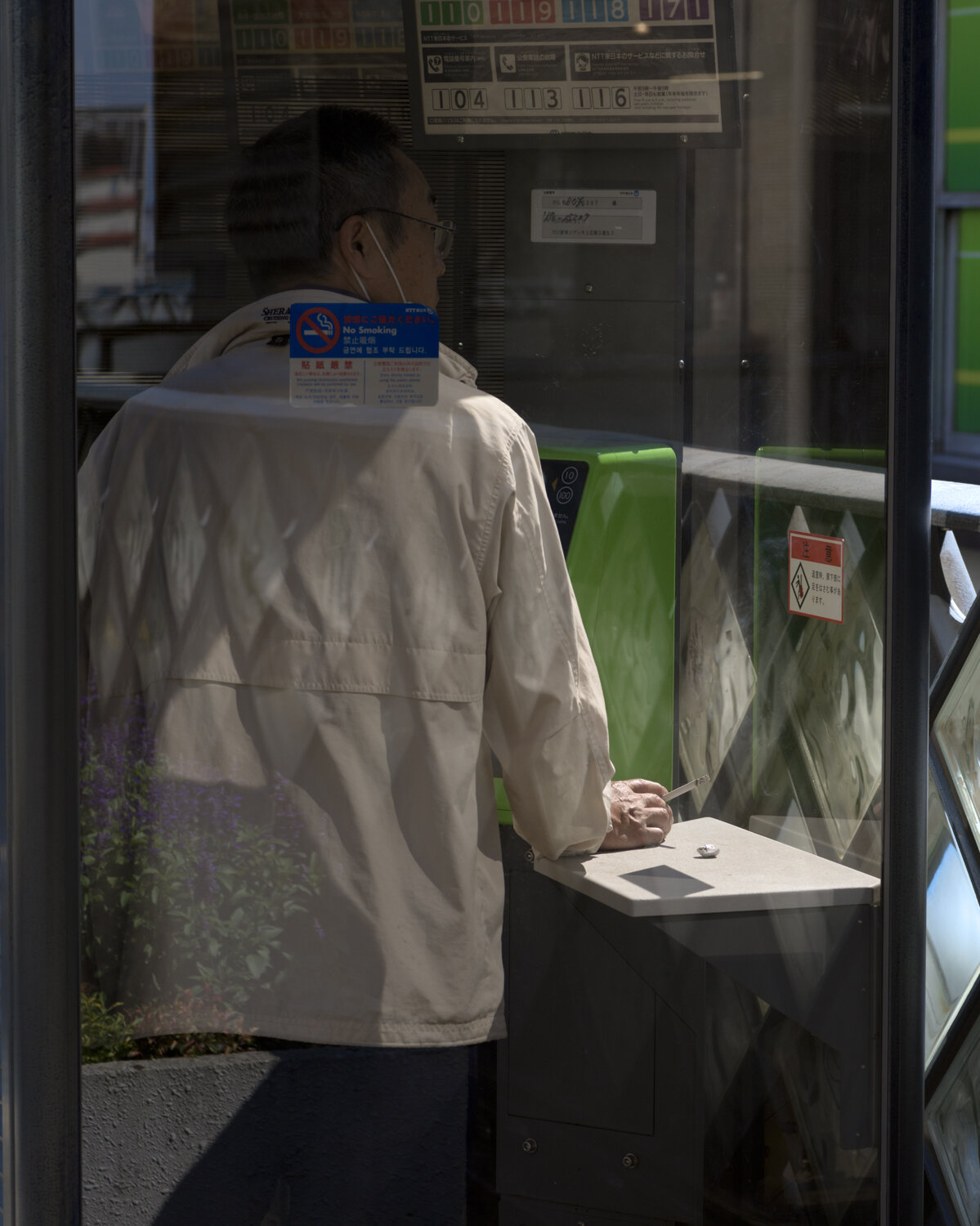
No Time? Lunch Shoot!
